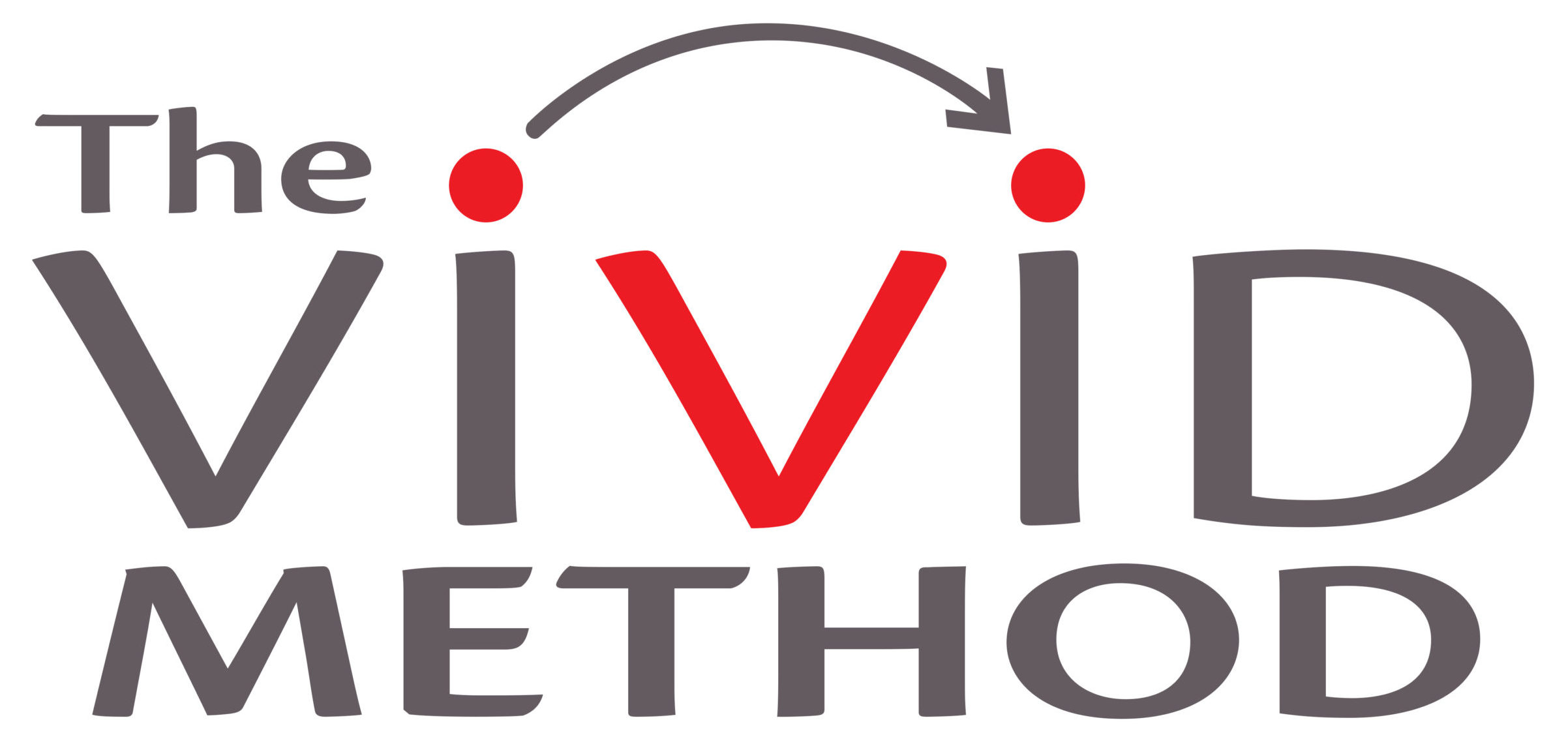The 4 communication barriers & how to overcome them
If we fail to overcome the inherent communication barriers, our experience and intelligence are wasted.
Genius has no value if it can’t be communicated clearly.
Objective thinking is needed to vanquish these communication barriers. Understanding them is the first step.
Communication barrier 1: All words are vague
Vague is everywhere. Without an agreed context for meaning, all words and combination of words are ambiguous.
When a direction-giver says ‘It’s just around the corner’; do they mean a few steps or a few hundred steps. Is it the corner of a building or a street corner. You would have to understand the context inside their mind to know for sure.
When someone says their project is going ‘great’ during a business presentation, what does that mean?
Communication barrier 2: The Closeness Problem
The closer we are to an issue the more difficult it becomes to see from the perspective of the listener – creating the potential for vague communication, misunderstandings and frustration.
For example, people giving directions often use the words:
‘…You can’t miss it’.
Said every person giving directions.
Trouble is, you can miss it and they can’t see that because they know the directions so well. They have access a detailed picture in their mind while using only a few words.
The Closeness Problem is often the force behind writer’s block. We are all affected by this to some degree.
Communication barrier 3: The internet is making us stupid
Books like ‘The Brain that Changes Itself‘ and ‘The Shallows‘ explain that current technology such as smartphones, the internet and 100 channels of TV -with constant their distractions and interruptions – are turning us into scattered and superficial thinkers.
Great! We already have to deal with the massive increase in information we’re required to process, now it seems our brains are being re-wired to avoid the deeper, more objective thinking required to clarify an engaging presentation.
Communication barrier 4: Anxiety reduces our ability to think clearly
The Stress Response is designed to get you ready to flight or flee, not to calmly and objectively see the world from your listener’s perspective – which is what’s required to think clearly about our message and the best way to get it across.
The Vivid Method teaches you to think clearly…
when planning:
- A logical, step-by-step sequence to plan presentations, media messages and speeches in a fraction of the time
- Attention-directing tools help you to quickly prioritise information.
- The ability to separate yourself from a subject and clarify your ideas and design memorable presentations.
- A better way of collaborating and getting feedback using a Presentation Outline; before you get bogged down in the details.
when speaking:
- Better able to relax because your mind is clear of clutter and you feel fully prepared.
- Mental triggers to be ‘in the moment’, manage your attention and better assess the mood of the room.
- More certainty when dealing with questions and interruptions.
And take away valuable reinforcement tools to repeat the process as needed.
—–
If you’d like to learn how to master these skills, consider:

